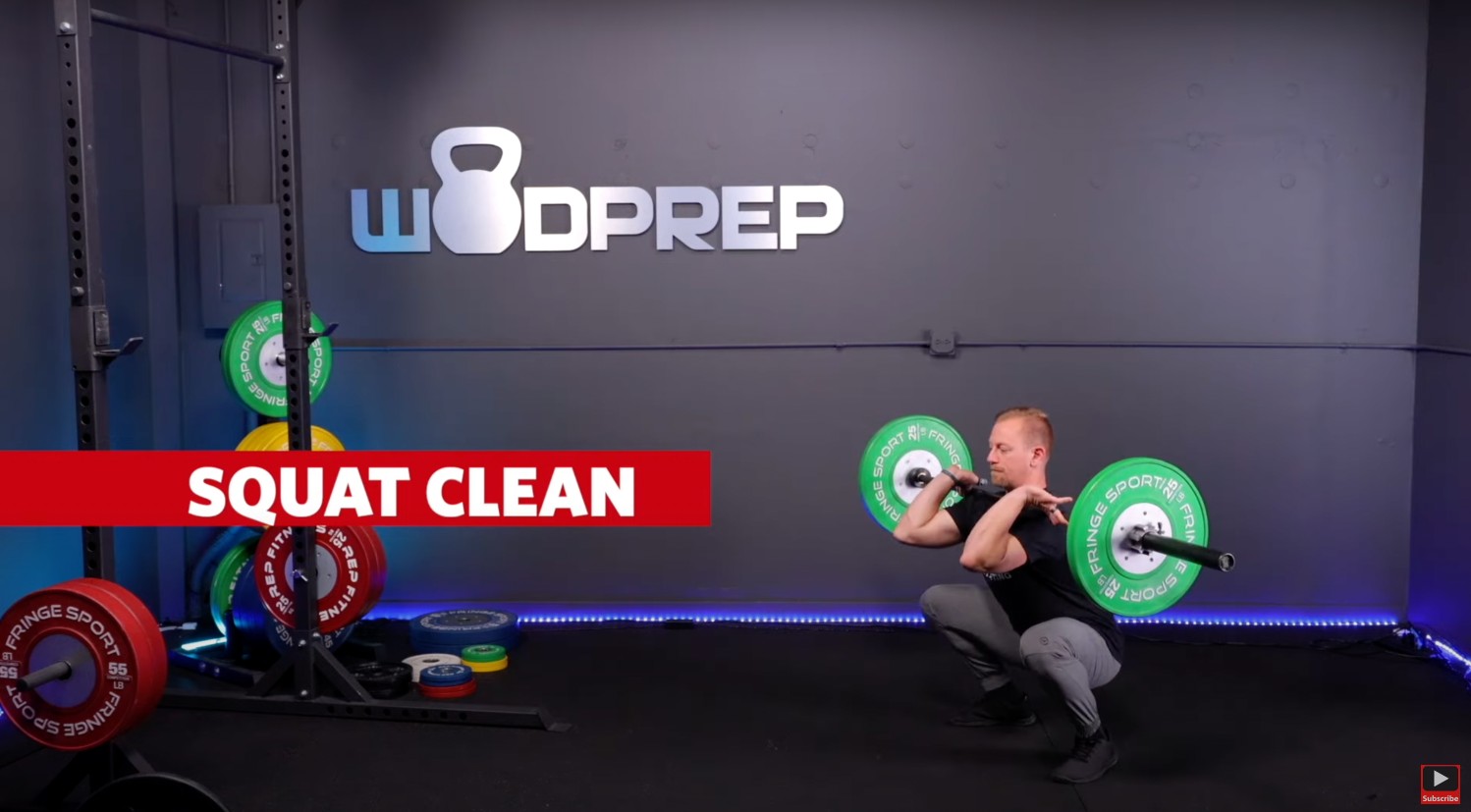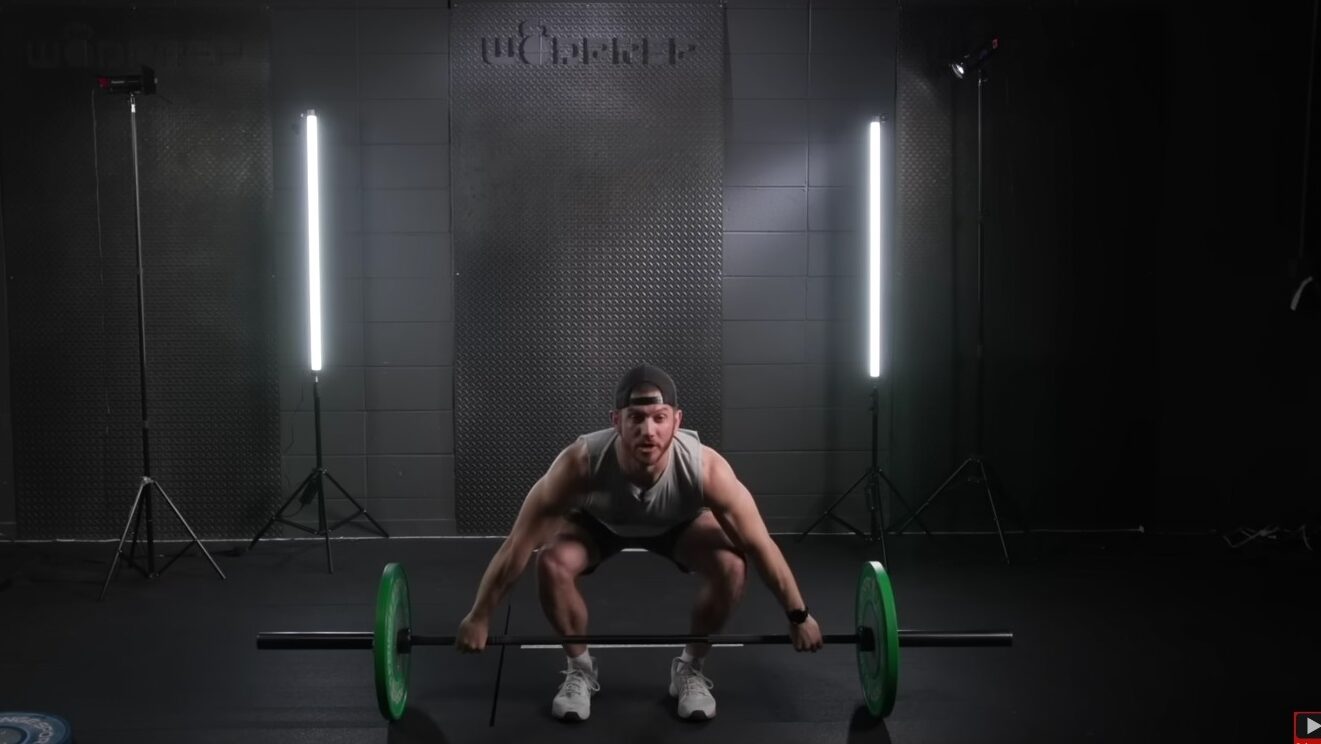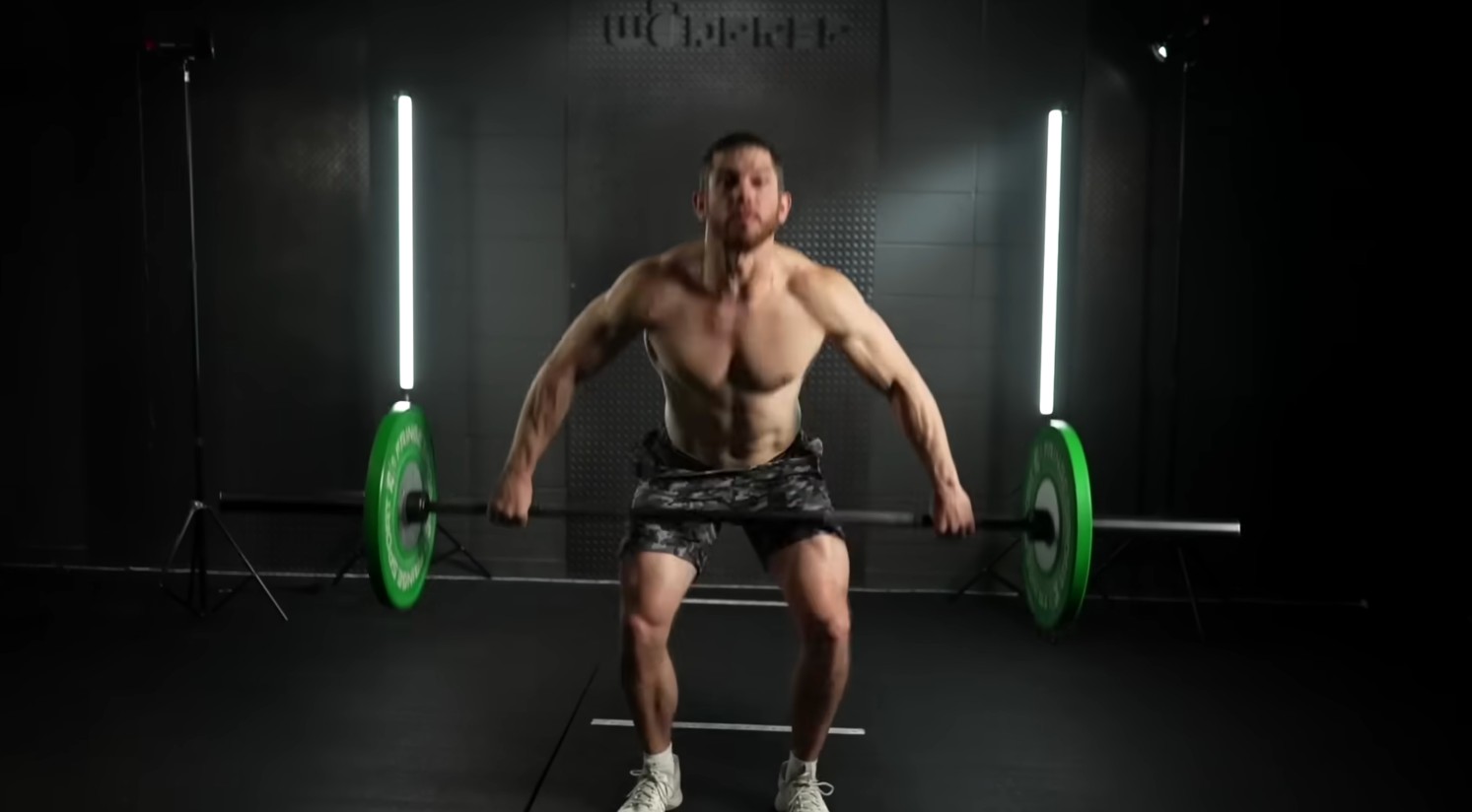New to Olympic Weightlifting? Whether you’re taking it up as a sport in its own right, or as part of your CrossFit regimen, there are several fundamentals to learn as you’re starting out. I’m going to go over some of the basics, the differences between the lifts, and how to train to maximize your potential when it comes to Olympic lifting. I’ve also included a handy cheat sheet to help you learn the confusing terminology.
What’s included in weightlifting?
The two competition lifts in Olympic Weightlifting are the Snatch, and the Clean and Jerk. While technically comprising two movements, in competition you’ll only see the clean and the jerk performed together; meaning one doesn’t count without the other. However, in CrossFIt you’ll often see them programmed independently, either in a metcon or as a max lift.

What’s a clean and jerk?
The clean sees the bar start on the floor and finish with the athlete standing up, the bar in the front rack position. To bring the bar into the front rack position, the athlete will elevate the bar using momentum from the hips and legs then pull themselves under the bar while it’s at its apex to receive it before standing up.
The jerk begins when the clean ends; with the bar in the front rack position. The athlete will bend the knees and hips to generate power before explosively pushing the bar up while pushing themselves down to receive the bar with locked out arms. The athlete commonly splits their legs - one forward, one back - to get underneath the bar, or alternatively completes a power jerk by dipping back down with their feet in a squat stance. The more flexible athlete may even receive the bar in a full squat, known as a squat jerk.

What’s a snatch?
Like the clean, the bar begins on the floor, but with this lift the bar finishes overhead. To achieve this, the athlete takes a wide grip on the bar, taking it from ground to overhead in one smooth motion. Another difference between these two lifts is that the bar makes contact with the body at the hips in the snatch, but at the upper thigh during the clean. This is largely due to the clean requiring a narrower grip than the snatch.
Any variation may be used to complete the lift, as long as the lifter finishes standing up with the bar overhead and arms locked out.
For both the snatch and the jerk, the bar must be received with arms locked out and they must stay locked out until the lifter is standing and has the bar under control. In Weightlifting competitions, these rules mean that the lift would not count otherwise but in CrossFit competitions, this typically doesn’t matter.
What about all the weightlifting variations?
Weightlifting terminology can be confusing when you’re new to it, so here’s a quick cheat sheet to help you understand the differences between all the variations of each lift:
- Hang Clean/Snatch- A lift which starts with the bar anywhere above the floor, but typically just above the knee
- High Hang Clean/Snatch - A lift which starts with the bar in the power position (at pockets)
- Low Hang Clean/Snatch - A lift which starts with the bar below the knee and above the floor
- Power Clean/Snatch - A lift in which the bar is received above parallel
(hip crease above knees) - Squat Clean/Snatch - A lift in which the bar is received in a squat position
(hip crease below knee) - Power or Push Jerk - A jerk in which the bar is received in a partial squat position (hip crease above knees)
- Split Jerk - A jerk in which the bar is received in a split stance
(one foot forward, one foot back) - Squat Jerk - A jerk in which the bar is received in a full squat
Beginner olympic weightlifting program
Due to the highly technical nature of the Olympic lifts, I strongly suggest getting some coaching as a beginner to ensure a strong start; either at your gym or remotely.
Noticing the lack of beginner weightlifting programs out there, the WODprep team created a course specifically for athletes who are new to the snatch and clean and jerk. It’s called WODprep Weightlifting and is an eight week video-based program that not only teaches you the lifts in an easy to learn way, but provides you with programming to help you build strength, practice the technique and work on key positions.

Beginner weightlifting workout
If you’re still new to the snatch and clean and jerk, it’s a good idea to practice these outside of metcons, under no fatigue, before you start to add them into workouts. Here are two workouts from our WPx Weightlifting Accessory track, which you can join after you’ve learned the basics in the eight week course to continue your training.
Workout 1
- A. Power Snatch
5 sets of 2 reps at moderate to challenging weight - B. Snatch Balance
4 set of 3 reps around 20% lighter than part A - C. Power Clean
4 sets of 4 reps at moderate to challenging weight - D. High Hang Squat Clean
4 sets of 2 reps at moderate to challenging weight - E. Back Squat
3 reps @75%
2 reps @82%
1 rep @89%
3 reps @77%
2 reps @85%
1 rep @92%
Workout 2
- A. Jerk Balance
3 sets of 2 reps @light weight - B. Push Jerk
3 sets of 2 reps @50% more than part A - C. Split Jerk
4 sets of 2 reps @5% more than part B
Pause for 2 seconds at the top and bottom of each rep
Every 3 minutes, for 15 minutes (5 sets):
3 pause Front Squats @60-70%
Your questions answered…..
Do beginners need weightlifting shoes?
Weightlifting shoes are a great addition to your kit bag and can be particularly helpful for lifters with limited ankle mobility. They also give you a stable and solid base for your feet which is much more effective than a running shoe, for example. However, they can be pricey and not essential for starting out.
How long before a beginner weightlifter sees gains?
A beginner weightlifter can see huge progress in the first few months, just by making technical improvements week on week.
How long should beginners spend weightlifting a day?
This depends on whether the lifter is training solely for weightlifting, or as part of their CrossFit training. 60 minutes per day for beginner weightlifters, 3 times per week would be a great start, increasing to 4-5 sessions per week as competency and tolerance improves. As part of CrossFit training, spending around 20 minutes 2-3 times per week would be sufficient to see progress without affecting other components of your week.
Should beginner lifters use a weightlifting belt?
I would definitely advise against using a belt for the first 1-2 years of lifting. A belt is an awesome tool to use for increasing pressure within the trunk and helping to better transfer force into the bar, but in your initial years, it’s a good idea to learn how to brace effectively without one. Even as an advanced lifter, I recommend only using it for top sets of 85% and above.
To Summarize
At WODprep, we have come up with the perfect beginner CrossFit weightlifting program, designed to help you build a solid foundation and crush PRs.
WP Weightlifting is a track you can follow 3 days per week (or as much as you can manage), with each session taking approximately 30 minutes to complete; perfect if you’re looking for a weightlifting program to fit into your life, rather than the other way around!
You’ll find this within your easy-to-use app alongside your programming where you can upload your scores and see how you stack up against others in the WODprep community!
So if you’re new to CrossFit - or are just looking for more guidance and structure when it comes to your programming - let us help you become the best version of yourself!
Join the WODprep family and start hitting PRs and enjoying fitness with us! Here's the link again for you to join.
